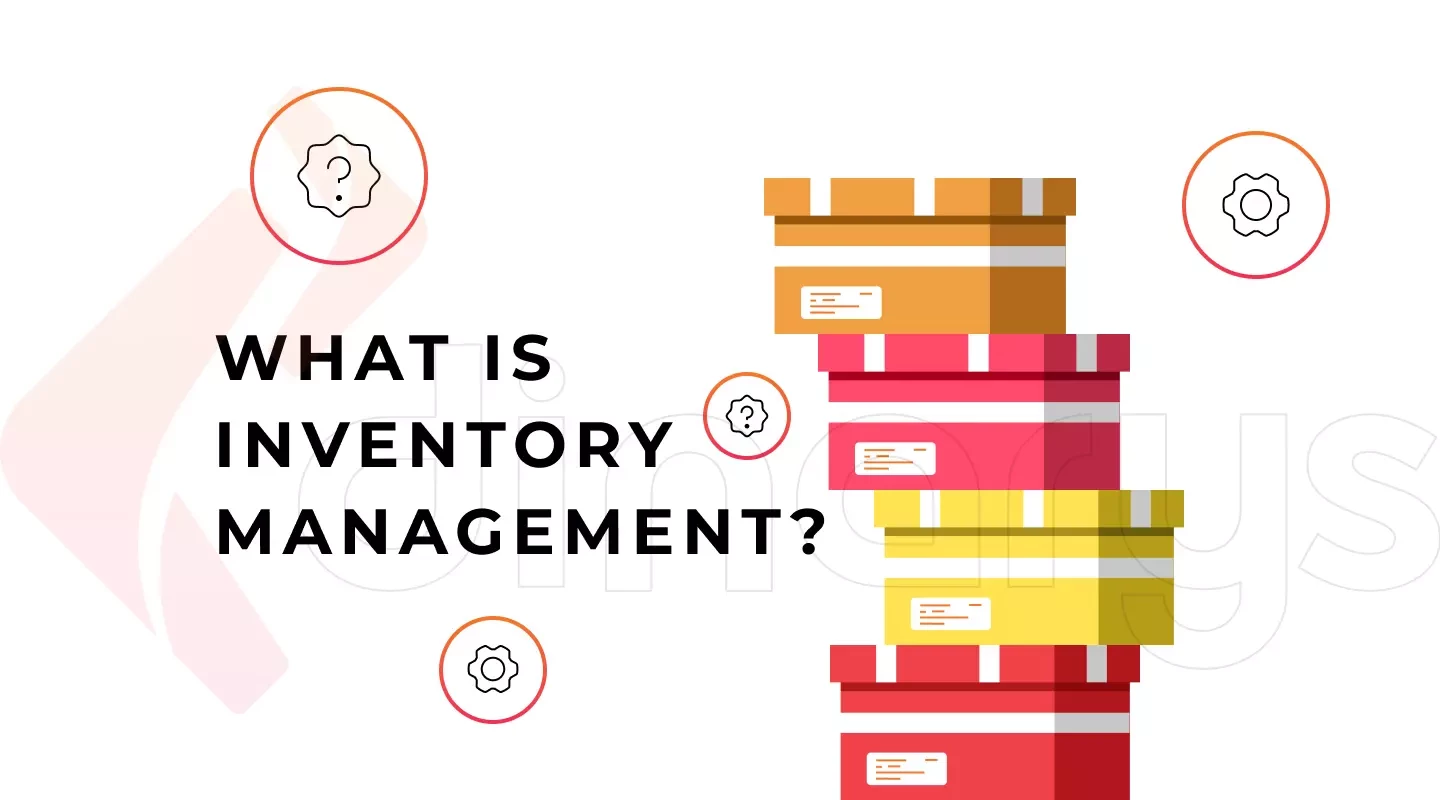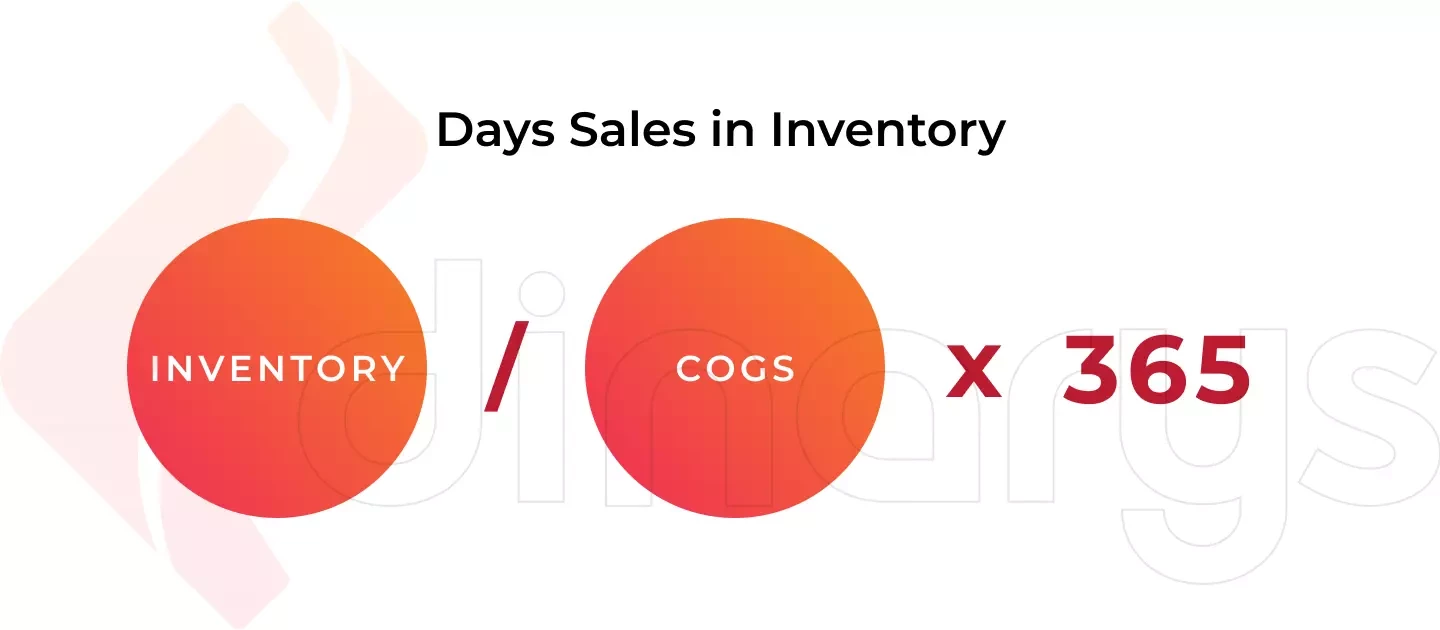Content
What Is Inventory Management? Benefits and Types

Time to read: 15 minutes
<
Automated inventory management is an essential component of an e-commerce supply chain and is a vital activity for maintaining exceptional business performance, building accurate e-commerce fulfillment processes, and increasing profits.
In this article, we explain the importance of inventory management automation for retailers, discuss inventory management challenges, and share valuable tips for inventory management. Let’s begin our journey to inventory operations that run like clockwork.
What Is Inventory Management?

Inventory management is the process organizations use to control their stock, starting with warehouses and ending with the final point of sale. This process includes various activities, such as sourcing, storing, and selling goods. In addition, the process includes managing raw materials, which are commonly used for B2B businesses, and ready-to-use products, which are commonly used for B2C businesses.
How does inventory management differ from other processes?
The phrase “inventory management” is often used interchangeably with other e-commerce concepts, such as “inventory control,” “stock management,” and “supply chain management.” Let’s take a look at the definitions of these terms.

Inventory management vs. inventory control
Inventory control is limited to the revision of goods and materials or, stated differently, inventory that the business already has in its warehouse. Generally, inventory control systems manage tasks, such as real-time updates and reports on items set to expire.
Inventory management is a more comprehensive process. The goal of inventory management is to keep inventory at the right level, in the right place, at the right time, and at the right costs. Thus, inventory management systems include activities such as monitoring inventory trends and forecasting and optimizing inventory.
Inventory management vs. stock management
Stock management is the process of managing products that have already been prepared for delivery to the end consumer. These items are ready to serve their commercial objectives.
In contrast, inventory management is the process of managing products or raw materials that are used to produce a final product.
Although there is a slight difference between these two definitions, “inventory” and “stock” are often used interchangeably.
Inventory management vs. supply chain management
The definitions of “inventory management” and “supply chain management” have some important differences. Supply chain management is the set of processes that unifies networks of manufacturers/suppliers, multiple warehouses, and touchpoints to orchestrate the movement of merchandise until it reaches its final destination. Thus, compared to inventory management, supply chain management encompasses a broader range of activities. Read this article to understand supply chain management in more detail.
As previously mentioned, inventory management activities direct the control and movement of inventory within a warehouse only.
Lets talk about itHave a project in mind?
Types of inventory
Now that we have identified the differences between relevant terms (particularly the difference between “inventory” and “stock”), you should now understand that inventory includes both raw materials used for production and finished products. Let’s take a closer look at the following types of inventory:
- Raw materials. As previously explained, raw materials are used to manufacture ready-to-use products.
- Components. This type of inventory is similar to raw materials, but it remains visible and recognizable as the product is finished, such as auto parts.
- Packing and packaging materials. This inventory includes any materials, containers, or wrappings used for various purposes, such as safe transportation, protection, handling, and even marketing.
- Unfinished goods. This type of inventory refers to items in production and includes raw materials, components, and occasionally, packing materials.
- Finished goods. As we explained earlier, this type of inventory is simply stock. It is merchandise that is ready to be sold.
The importance of automated inventory management
Why is inventory management important? By using a comprehensive inventory management system, e-commerce companies can seamlessly track the amount of their stock and make correct decisions regarding stock distribution and pricing. In simple terms, inventory management provides a clear picture of what to reorder and how much to reorder, and it helps prevent overstock or out-of-stock situations.
What is the most feasible way to implement inventory management? The answer is digitization. This is an inevitable step in any modern business environment because digitization allows businesses to sort data much faster than manual inventory management and achieve unprecedented operational efficiency.
The following benefits of automated inventory management cannot be overstated for e-commerce businesses:
- Cost savings. Automated inventory management decreases costs because it eliminates inventory write-offs. Also, businesses that automate their inventory management save money on warehouse space because there is no obsolete or excessive inventory to store.
- Prevention of overselling. In the same way that automated inventory management reduces write-offs, it also assists in avoiding out-of-stocks (OOS). In fact, OOS is one of the most widespread problems leading to customer dissatisfaction and damage to businesses. Research from Retail Solutions demonstrates that more than half of lost sales days come from 2% of OOS that lasts more than 10 days. Thus, organizations must be able to identify out-of-stock products in real time. An automated inventory management system can address this issue and drive brand loyalty.
- Better inventory forecasting. Having a centralized automated system that curates data related to all touchpoints, whether physical or digital, and third-party logistics providers is key to accurate planning and forecasting. It is especially beneficial during peak seasons when businesses face the challenges of forecasting volumes and managing labor efficiency.

Approaches to Inventory Management
Before you successfully automate your inventory management, it is crucial to understand the various approaches to this process. This will help you precisely plan your strategy for inventory management automation.
There are various methods to manage your inventory, including the following:
- Just-in-time inventory management (JIT). The main focus of this approach to inventory management is to collaborate with suppliers to ensure that only the minimum amount of inventory is in place. It is important to ensure that raw materials are supplied as soon as production is scheduled but not earlier. Watch the following video to learn more about the specific details of JIT.
- Materials requirement planning (MRP). This inventory management method leverages digital systems to assess the quantities of raw materials that are required to manufacture a specific product and streamline business efficiency. Using the MRP approach, businesses should ask the following questions: What is needed? How much is needed? When is it needed? MRP is a suitable solution for balancing both supply and demand.
- Days sales of inventory (DSI). Also known as “inventory days” or “days of inventory,” the DSI measures the average number of days or time required to convert business inventory into sales. The DSI is calculated by dividing the inventory balance (including unfinished goods) by the cost of goods sold (COGS). The resulting number is then multiplied by the number of days in the year, quarter, or month. A low DSI average indicates that the business is sufficiently successful in inventory management and sales, while a high DSI average indicates poor business performance.

Tips for Effective Inventory Management
Now that we have explained the basics, we will provide some tips that you should consider as you optimize your inventory management.
-
Prioritize your inventory. Creating priority groups within your inventory management can help you distribute and analyze your inventory. More specifically, the creation of priority groups allows you to identify the types and quantities of products you need to order more frequently and what items are actual for your business but still can hamper the processes. A common practice is to categorize your inventory into A, B, and C groups. The A group includes the higher priority goods that you need in reduced amounts. The C group includes the items that cost less but turn over faster. The B group is a golden mean between the A and C groups, as it includes the goods that have a relatively moderate price and a higher demand than the items in the A group but a lower demand than the items in the C group.
-
Conduct an inventory audit. Businesses conduct inventory audits at different frequencies. Some businesses conduct audits once per year, and some conduct them more frequently on a quarterly or monthly basis. It is imperative for your business that you do not overlook the inventory audit because it significantly contributes to maintaining the balance between your supply and demand.
-
Implement the 80/20 rule. This rule explains that 80% of your profit comes from 20% of your stock. By using this rule and identifying the stock that is profitable, you can easily determine the inventory you should prioritize.
-
Analyze supplier performance. Suppliers play a significant role in the efficiency of inventory management. An unreliable supplier can significantly hinder your success. Consequently, you should carefully consider your supply partners and be prepared to change them or adjust to unforeseen circumstances.
-
Invest in inventory management technology. To be flexible enough to keep up with modern times, you should consider digitizing your inventory management activities as much as possible. By using effective inventory management software with advanced reporting capabilities, you can synchronize your stock from multiple sales channels, understand your sales figures, leverage the information for your decision-making, and control even the smallest aspect of your inventory operation.
Lets talk about itHave a project in mind?
Conclusion
Spreadsheets and notebooks are fading, and automation is the most important resource in our challenging and dynamic business environment. Whenever possible, it is better to digitize processes.
Transform your manual inventory management activities into a fully automated system that will mitigate stock issues before they arise with our e-commerce consulting services. Contact Dinarys, and let’s take the first step toward your digital success!
Let professionals meet your challenge
Our certified specialists will find the most optimal solution for your business.



